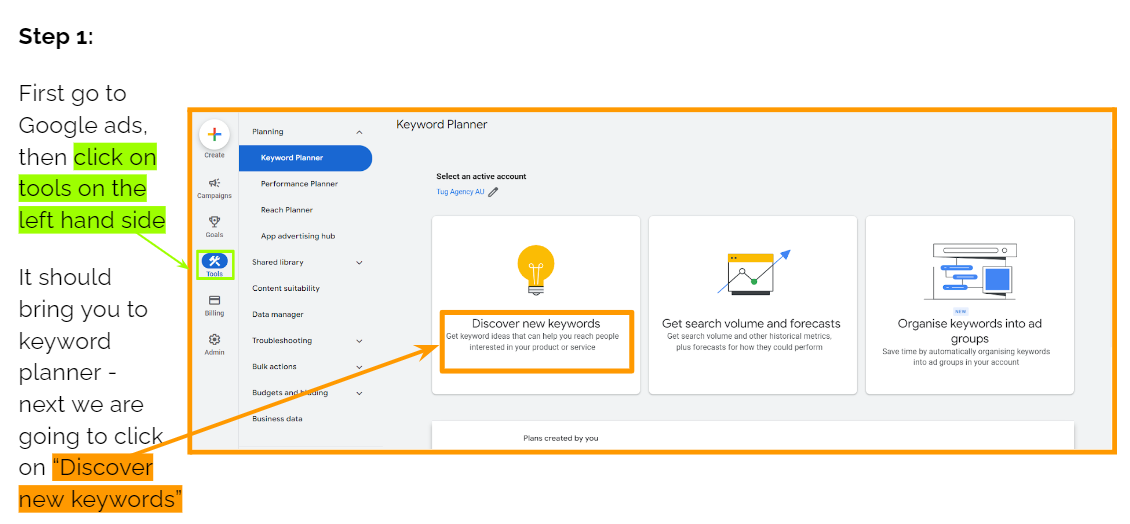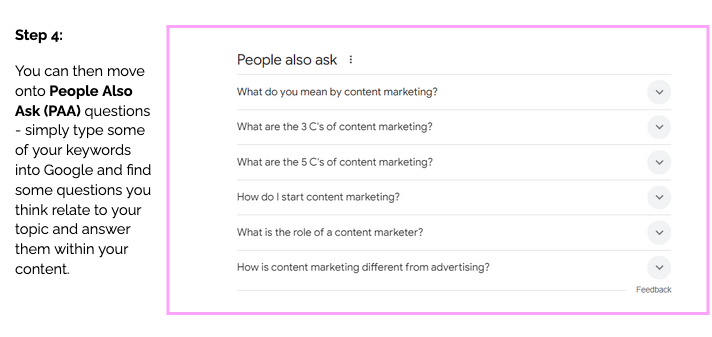In today’s highly competitive online market, visibility is key. To achieve this, your content must be optimised for search engines—not just by using keywords, but by creating valuable, targeted content that meets both user intent and search engine criteria.
This guide provides a clear, actionable approach to mastering SEO content optimisation. From identifying the right keywords to analysing competitor strategies and strategically placing keywords, you’ll gain the tools needed to enhance your content’s visibility and performance.
This guide goes beyond the basics, focusing on the crucial details that elevate your SEO strategy. By the end, you’ll be equipped to create content that ranks highly, engages users and drives conversions.
To optimise content effectively, it’s essential to grasp the fundamentals of SEO. This section lays the groundwork by defining what SEO is and why content optimisation, including on-page SEO, is critical for achieving higher rankings and increased visibility.
What is SEO?
Search Engine Optimisation (SEO) is the process of enhancing your content to improve its visibility on search engines like Google. By optimising various elements of your content, you can improve your search engine rankings, increasing the likelihood that it will appear in top search results and driving more organic traffic to your site.
Why content optimisation matters.
Content is the backbone of SEO. A well-crafted meta description serves as a concise and appealing summary aimed at encouraging users to click on the result in search engine listings, significantly impacting click-through rates (CTRs).
Search engines evaluate content based on relevance, quality, and how well it answers users’ queries. Properly optimised content not only helps search engines understand what your page is about but also ensures that your audience finds the information they are searching for. This, in turn, leads to better user engagement, higher rankings, and ultimately, more conversions.
Understanding these basics is the first step towards building a robust SEO strategy. In the following sections, we’ll dive into the specifics of keyword research, competitor analysis, and on-page optimisation, providing you with the tools to craft content that performs well in search rankings.
- SEO tools: Utilising both free and paid SEO tools is crucial for effective keyword research
- User Search Intent: Aligning the content of a web page with user search intent can significantly impact the effectiveness of keyword research and content creation, leading to better rankings in search engines.
Related: Content Marketing Ultimate Guide
Google Search Console guide.
To first plan out what topic you want to focus on, go to your Google Search Console (GSC) and search for queries that have low clicks and high impressions. For example, we searched for ‘content marketing’ on yellow.com.au and found that we had 17,135 impressions and 0 clicks in the last 12 months.

It is also important to use Google Analytics alongside Google Search Console for tracking SEO performance and measuring organic traffic.

Keyword research.
Keyword research is the cornerstone of content optimisation and utilising keyword research tools is essential for this process. It involves identifying the terms and phrases that your target audience is searching for, allowing you to create content that meets their needs and ranks well on search engines. This section will guide you through the process of finding the right keywords and analysing your competition.
Step 1: Identifying business goals.
Before diving into keyword research, it’s crucial to align your SEO efforts with your business objectives. Understanding search intent is essential in this process, as it ensures your content meets what searchers are truly looking for.
Ask yourself, what are the primary goals of your content? Are you looking to increase brand awareness, drive traffic, generate leads or boost sales? Clear goals will help you focus on keywords that directly contribute to your business’s success.
Step 2: Finding the right keywords.
- Using keyword tools: Utilise tools like Google Keyword Planner, Ahrefs and SEMrush to discover keywords relevant to your business. These keyword research tools provide data on search volume, competition and keyword trends, helping you choose the most effective terms.
- Analysing search volume and competition: Focus on keywords with a balance of high search volume and manageable competition. High-volume keywords can drive significant traffic, but if competition is too fierce, it may be challenging to rank. Look for opportunities in mid-range keywords that offer a better chance of ranking.
- Long-tail keywords: Don’t overlook long-tail keywords—phrases that are more specific and often less competitive. While they may have lower search volumes, they tend to attract more targeted traffic, which can lead to higher conversion rates.
Here’s a step-by-step guide to using Google’s Keyword Planner:



It’s also important to consider other search engines in your keyword research to ensure broader visibility and drive more traffic to your site.
SEMrush’s Keyword Magic Tool offers detailed and comprehensive keyword research capabilities. It generates a wide range of similar keywords, provides granular data and includes specialised tools that cater to both novice and experienced users, making it a standout for exploratory keyword research.
You can also use tools like Ahrefs to analyse your competitors, see what keywords they are using to rank and then accessing the difficulty of competing for those keywords.

Make sure you:
Use questions as headings: Incorporate the exact questions from People Also Ask (PAA) into your content as H2 or H3 headings. This not only signals relevance to search engines but also helps users quickly find the information they’re looking for.
Position questions at the beginning of sections: Start each relevant section or paragraph of your content with the exact question you’re answering. This increases the chances that Google will identify your content as a direct answer, suitable for PAA or a featured snippet.
Answer in the first sentence: Immediately after posing the question in your content, provide a clear, concise answer in the first sentence. Aim for a response that’s between 40-60 words, as this is typically the length favoured by Google for featured snippets.
Common SEO mistakes to avoid.
Avoid these pitfalls to ensure your SEO strategy is effective:
1. Keyword stuffing.
- Risk: Overloading content with keywords can lead to penalties from search engines
- Solution: Use keywords naturally within quality content to enhance readability and user experience.
2. Ignoring mobile optimisation.
- Risk: A site that isn’t mobile-friendly can result in poor user experience and lower rankings, especially with mobile-first indexing
- Solution: Ensure your website is responsive and performs well on all devices.
3. Overlooking metadata.
- Risk: Neglecting title tags and meta descriptions can reduce click-through rates
- Solution: Optimise each page with unique, keyword-rich metadata to attract clicks.
If you’re an SEO agency or similar – listening to your client is important.
Your knowledge of your customers is crucial for effective SEO. You understand their pain points and the questions they need answered, which allows you to create content that directly addresses their needs.
Key points:
- Customer intent: People Also Ask (PAA) insights help you align content with what your customers are searching for online
- Relevant questions: PAA lets you know the exact questions your audience is asking, enabling you to target them precisely
- Pain points: By addressing your customers’ challenges, you can build trust and engagement.
Your approach:
- Collaboration: You can work together to ensure the content reflects your customers’ needs
- Targeted content: Their input helps you create concise, relevant answers that improve visibility in PAA and featured snippets
- Continuous improvement: Their ongoing feedback allows you to refine content for better results.
Good content is ultimately about offering genuine value and helping your customers. While sharing your trade secrets might feel risky, it actually builds trust, making your audience more likely to turn to you for your expertise.
This article is a great example—by sharing insider tips and practical insights, you’re not only earning your audience’s trust but also boosting your credibility with Google, which can lead to better rankings and greater authority in your industry.
The impact of AI on content creation.
You’ve probably heard of ChatGPT – nearly everyone has. Released in November 2022, the AI content-generating app attracted over 100 million users in just five days as it went viral on social media. Since then, ChatGPT has gone from strength to strength, with 180.5 million users worldwide and 100 million weekly visits to the website.
Whilst there’s a plethora of information around ChatGPT, as well as the implications it can and has had on SEO, like any tool, knowing how to use it effectively is the key. That is why the team at Yellow Pages have put together a great guide on this very topic.
While hiring a copywriter is still often the best option, check out this guide to ChatGPT prompts and test it out for yourself to see how you can effectively implement AI into your overarching SEO and content strategy.
Be sure to check out our recently published 2024 guide to content marketing and take your SEO and content marketing efforts to the next level.
